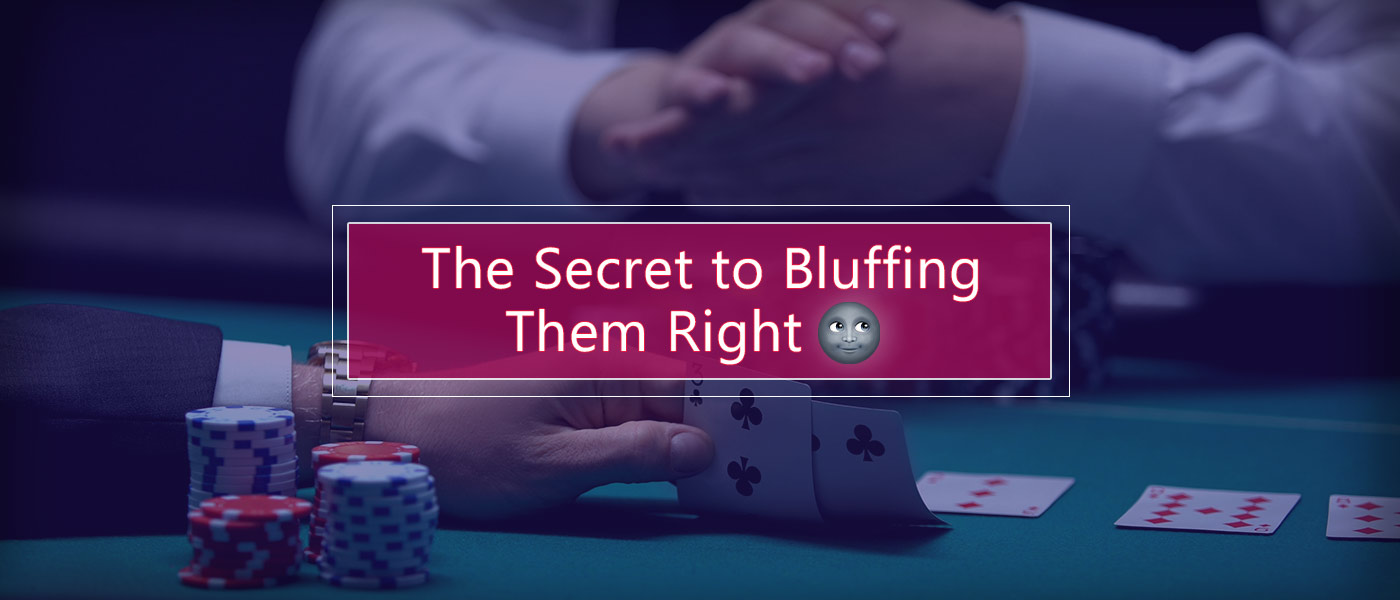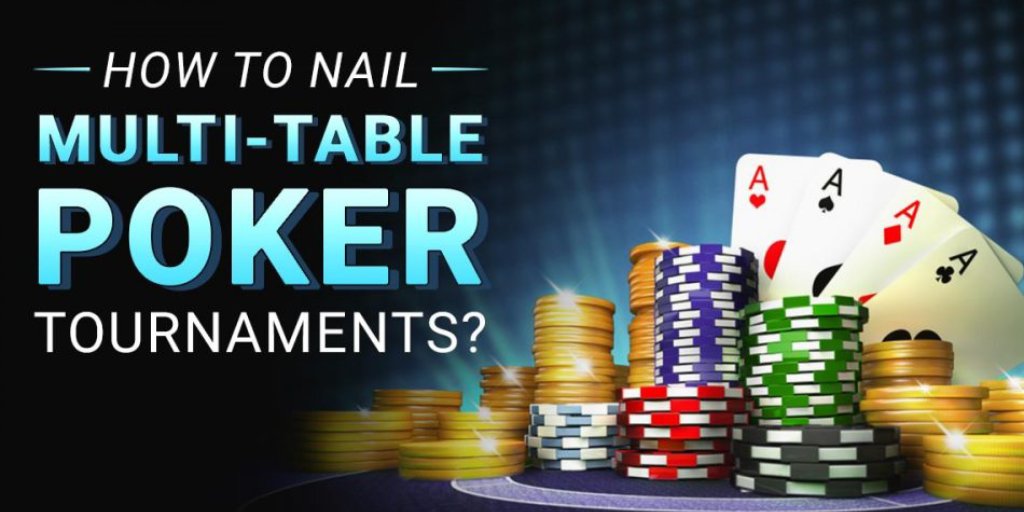Bluffing in Poker is one of the essential skills that are to be learned in online poker games. It is a strategy used in various competitive games, especially games that involve deception to mislead opponents. The thrill that a game of Poker holds can be attributed to a great level to this element, bluff. Ironically, the art of bluffing in poker can make you a formidable player and attract good money. But at the same time, if not done right, it may bring you to the losing edge.
To play good Poker, players often embrace the art of bluffing by playing the game for a considerable amount of time. The idea is to mislead your opponents into thinking that you have a stronger hand than you actually do.
Bluffing in poker online is somewhat difficult as compared to bluffing at live poker tables. That said, you shall learn the art of bluffing automatically once you spend enough time with a variety of opponents on online poker tables.
Why Do We Bluff Anyway?
Bluffing is an important aspect of poker strategy because it allows players to win pots that they might otherwise lose. When you bluff during a hand you are essentially representing a stronger hand than you actually have. This can cause other players to fold their hands, allowing you to win the pot without having to show your cards.
How to Bluff in Poker?
In essence, bluffing in Poker involves acting in a way that is inconsistent with the true state of your hand or strategy in order to trick your opponents into making poor decisions.
For example, if a player has a weak hand, they may choose to bet aggressively to make their opponents believe that they have a stronger hand, hoping that their opponents will fold rather than risk losing their chips.
However, bluffing can be risky because if the bluff is called, you will be exposed, and your opponents will gain an advantage. Thus, to bluff strategically, you need to have a good understanding of the game, the players involved, and an ability to read the situation accurately.
Do’s and Don’ts for Your Bluffing Strategy
1. Never Reveal Your Cards When Deciding to Bluff
In live poker games or online poker games, you have the option to show the table your hand after you rake in the pot. It is suggested that you should never show your hand especially if you feel the table is as good as you or better than you.
If you show your hand to a skilled table, the players will come to understand how you strategize your bets for a given hand and your opponents will have a range of poker hands to put you on. For example, if you decide to show your hand after you make a hand like top pair and top kicker, you are telling the table that you are very tight, but also that you don’t want to be messed with. Given this information, now every player in return, will mess with you in subsequent hands.
When you tell a poker player you have it all the time, most players become stubborn enough to attack you constantly. It can have ups and downs depending on if you are careful or not, but showing your cards is not the best solution if you intend to utilize poker bluff strategy during the game.
2. Observe Your Opponents to Pick Your Spots
There’s a saying in Poker, you play the Player, not the cards. If you sit in a poker game where you see loose aggressive players, and not just one or two, but an entire table of wildly aggressive players, this is the time to apply your poker bluff strategy.
The reason to pull off a bluff at a table like this is that once you start making big hands, you will now instantly get paid off. This is the only time where it is acceptable to be bluffing in poker, and it is also the one time where you can accumulate heaps of chips in front of you in a matter of minutes.
Moreover, there is no reason to let a decent player have free information in any poker game. If someone doesn’t pay to see your hand, then they should not see your hand.
Key Factors to Consider When Bluffing
- Your Table Position: Bluffing is generally more effective when you are in a late position, as you will have more information about your opponents and the strength of their hands.
- Your Table Image: Your table image refers to the perception that other players have of you on the table. If you have been playing tight and only showing strong hands, other players are more likely to believe you have a strong hand when you bluff.
- Your Opponents: Consider the tendencies of the other players at the table. Are they generally tight or loose? Are they likely to fold to a bluff or call with weaker hands?
- The Board: Observe the board to look for straight or flush draws and figure out your opponent’s range and bluff accordingly. It is safer to bluff on a dry board rather than a wet board with potential draws.
- Your Stack Size: Bluffing can be a riskier move if you have a smaller stack size, as you may not be able to sustain multiple failed attempts and bleed out soon.
- Your Betting History: If you have been betting aggressively throughout the hand, your bluff may be more believable as it fits with your betting pattern.
Different Types of Bluffing in Poker
Yes, there are several different types of bluffing in poker. Here are some of the most common types:
- Pure Bluff: A player makes a pure bluff with a weak hand, with the intention of making one’s opponents fold stronger hands.
- Semi-Bluff: A player pulls off a semi-bluff with a drawing hand, such as a flush or straight draw. The intention is to both improve your hand and make your opponents fold.
- Stone-Cold Bluff: A stone-cold bluff is a bet placed with a weak hand that’s least likely to improve. This type of bluff is riskier, as there is no chance of improving the hand if your opponents call.
- Continuation Bet: If you raise pre-flop and continue to bet on the flop irrespective of whether your hand improves, it is called a continuation bet. The intention is to maintain the initiative and force opponents to fold.
- Over-Bluffing: Over-bluffing is when you bluff too frequently, making it less likely that your opponents will fold.
- Under-Bluffing: Under-bluffing is the opposite of over-bluffing, and occurs when you fail to bluff when the situation warrants it.
Each type of bluff requires different considerations and strategies and should be used in the appropriate situations. Successful bluffing in poker requires a careful analysis of the game and the other players at the table, essential for mastering the art of deception in the bluff game.
The points that we discussed shall certainly improve your bluffing skills if you remember to apply them in the right scenario. Take this pro tip along with you while we’re at it. Tag your opponents on the table and target them strategically based on their actions in the game. This way, it gets a lot easier to formulate your strategy and maximize your chances of pulling off a successful bluff.
See you at the felts fellas!




